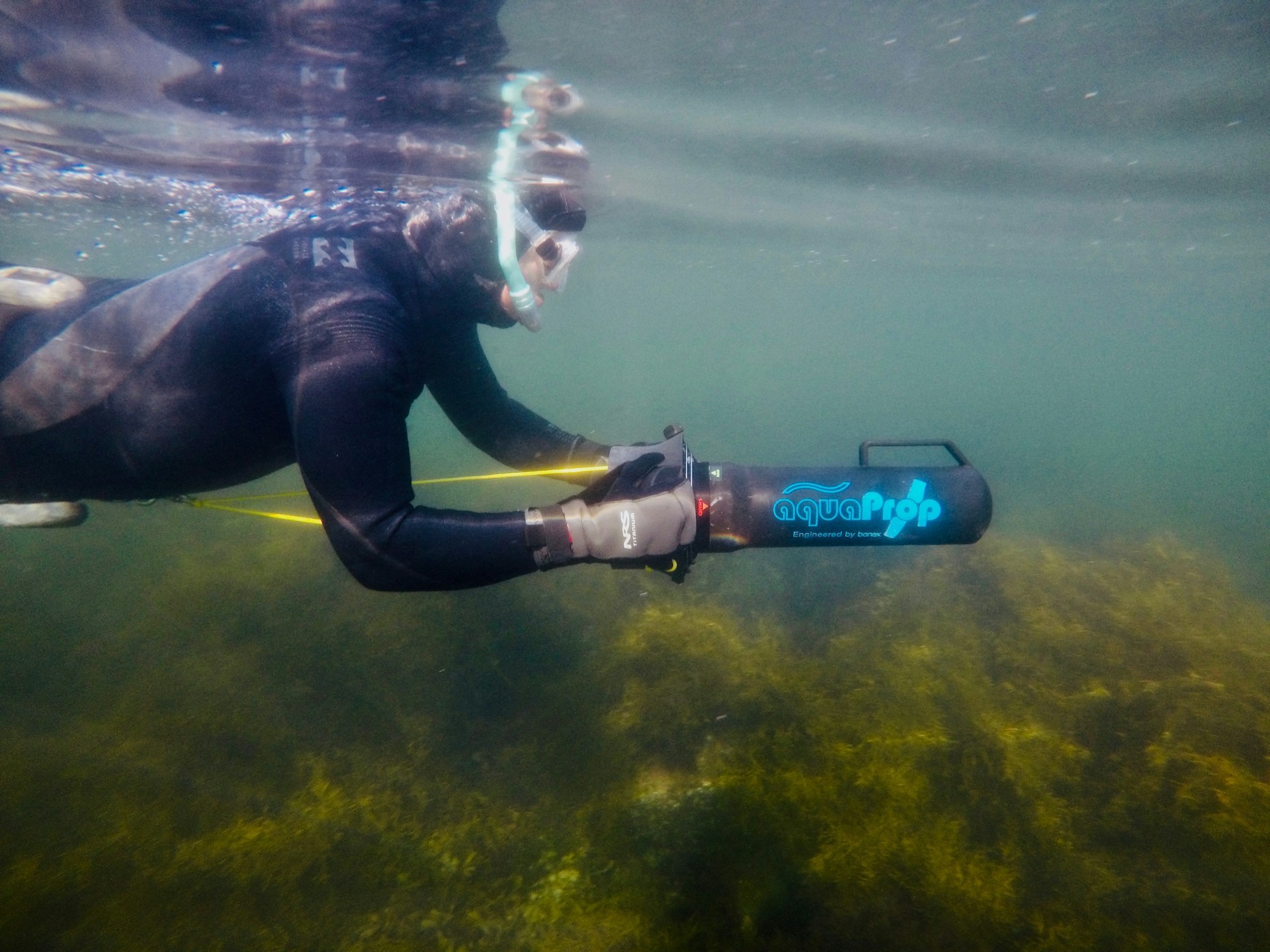In the vast depths of our oceans, the exploration and maintenance of subsea infrastructure have long posed significant challenges. However, thanks to rapid advancements in modern technology, subsea inspections have become more efficient and accurate than ever before.
In this article, we will delve into six ways in which cutting-edge technology is transforming the landscape of subsea inspections, revolutionizing the process, and ensuring the longevity of underwater structures.

1. Robotic Submersibles and AUVs
The deployment of robotic submersibles and Autonomous Underwater Vehicles (AUVs) has emerged as a game-changer in subsea inspections. These advanced machines are equipped with sophisticated sensors and cameras, allowing them to navigate complex underwater environments with unparalleled precision. Unlike traditional methods that often involve human divers, robotic submersibles can access challenging locations without putting human lives at risk. Their ability to collect high-resolution imagery and data in real time enhances the overall efficiency of inspections, providing a detailed assessment of subsea infrastructure.
2. Remote Operated Vehicles (ROVs) and Telemetry
Remote Operated Vehicles (ROVs) have become indispensable tools for subsea inspections, allowing operators to remotely control these vehicles from the surface. Equipped with manipulator arms and specialized tools, this subsea inspection technology can perform intricate tasks such as welding, cutting, and retrieving objects from the ocean floor. Additionally, advancements in telemetry technology enable seamless communication between the surface vessel and the ROV, facilitating precise control and feedback.
3. 3D Imaging and Photogrammetry
Modern technology has introduced 3D imaging and photogrammetry techniques to subsea inspections, revolutionizing the way underwater structures are assessed. High-resolution cameras and laser-scanning systems are employed to capture detailed images and measurements, allowing for the creation of accurate 3D models of subsea assets.
4. Artificial Intelligence (AI) and Machine Learning
Artificial Intelligence (AI) and Machine Learning algorithms have brought about a paradigm shift in subsea inspections by enhancing the analysis of vast datasets. These technologies can process large amounts of information quickly and accurately, identifying patterns and anomalies that may go unnoticed by human operators. AI can be employed to analyze data from various sources, including sonar, video feeds, and sensor readings. The ability of AI to learn from historical data enables predictive maintenance, helping to prevent potential issues before they escalate.
5. Wireless Sensor Networks
The implementation of wireless sensor networks in subsea inspections has streamlined the monitoring and collection of critical data. These networks consist of sensors strategically placed on subsea infrastructure to measure factors such as temperature, pressure, and corrosion. The wireless connectivity allows real-time transmission of data to the surface, enabling operators to monitor the condition of assets continuously.
6. Virtual Reality (VR) for Training and Simulation
The integration of Virtual Reality (VR) into subsea inspection processes has redefined training and simulation for operators. VR technology allows personnel to immerse themselves in realistic virtual environments, simulating the challenges they may encounter during subsea operations. This hands-on training approach enhances the skills and decision-making capabilities of operators, preparing them for diverse scenarios they may face underwater.

In conclusion, the marriage of modern technology and subsea inspections has ushered in a new era of efficiency and precision. Robotic submersibles, Remote Operated Vehicles, 3D imaging, AI, wireless sensor networks, and Virtual Reality are all contributing to a comprehensive transformation of how we inspect and maintain subsea infrastructure. These advancements not only improve the accuracy of assessments but also enhance the safety of operators and extend the lifespan of underwater assets.





